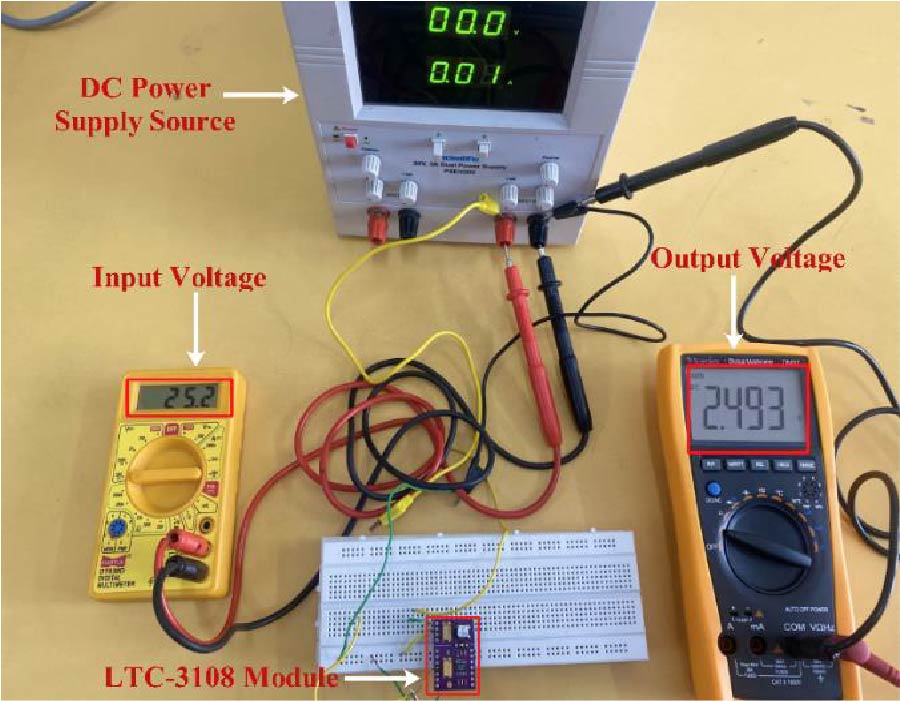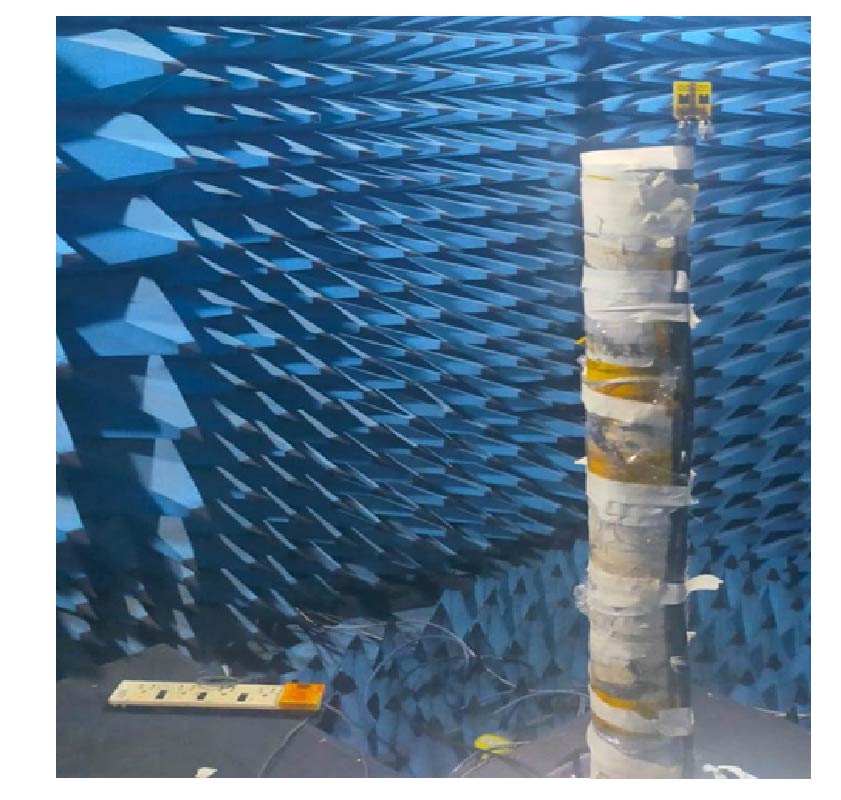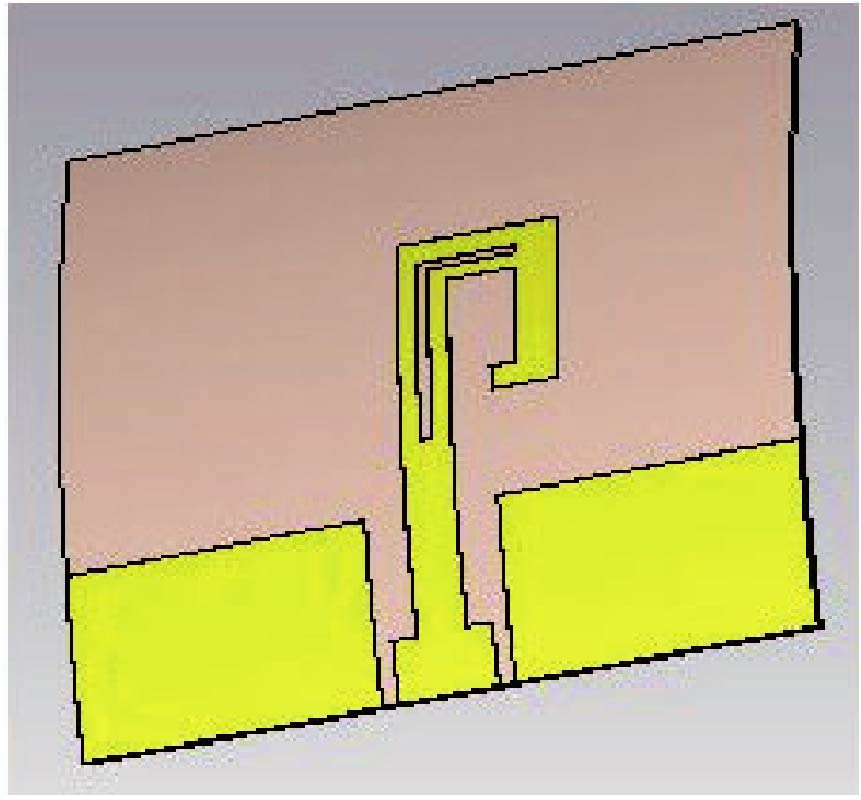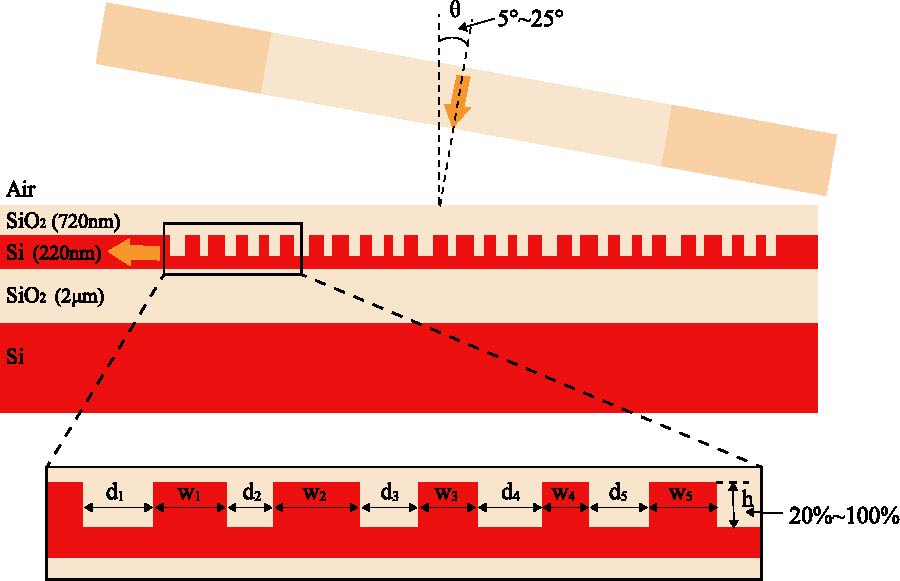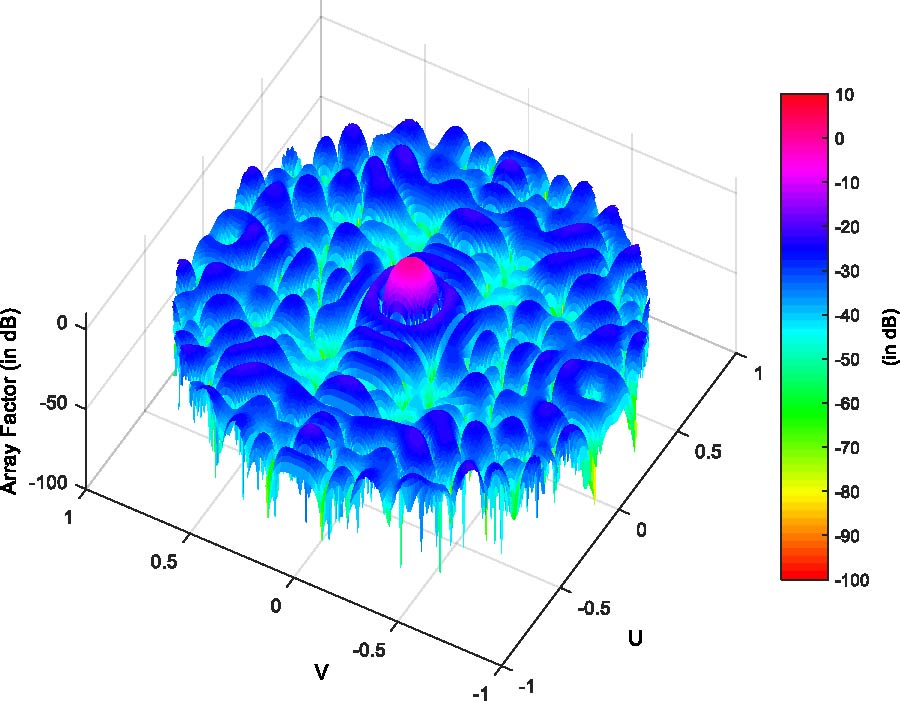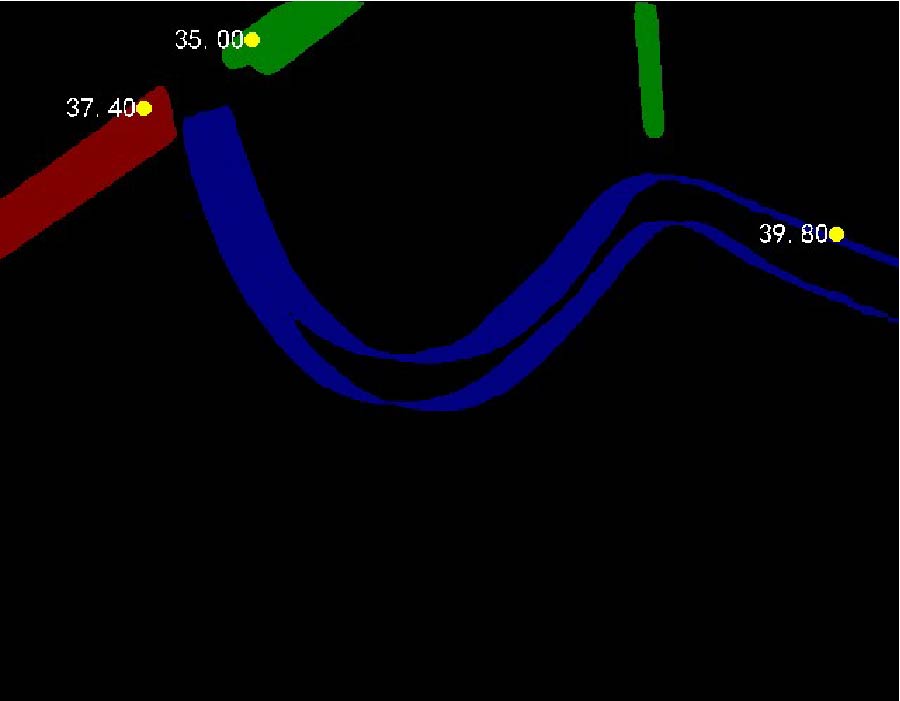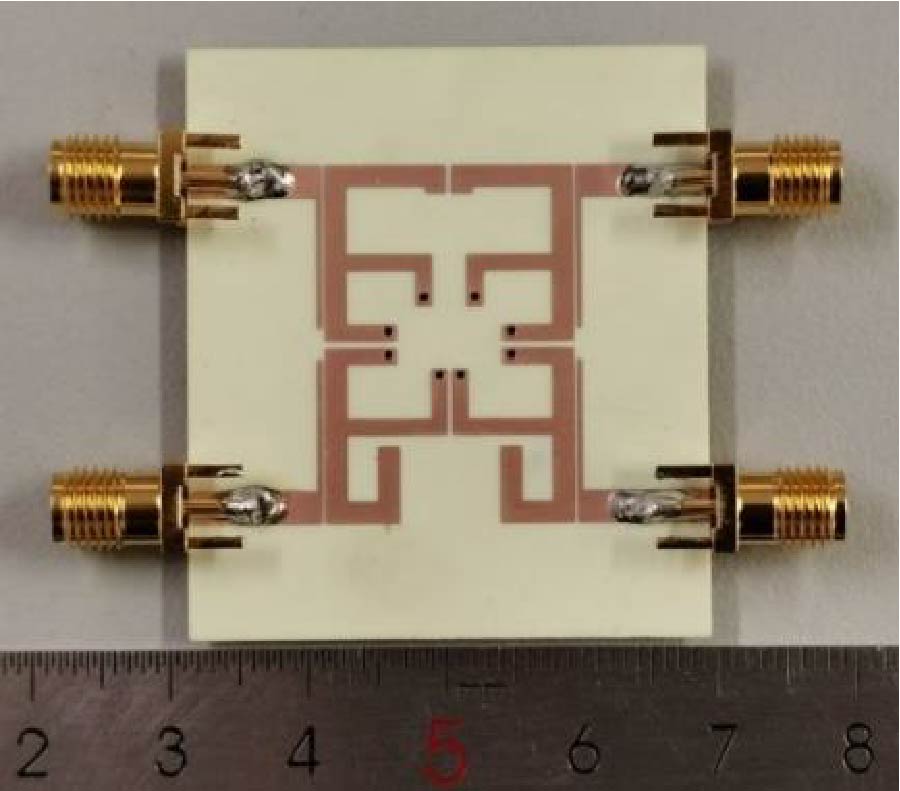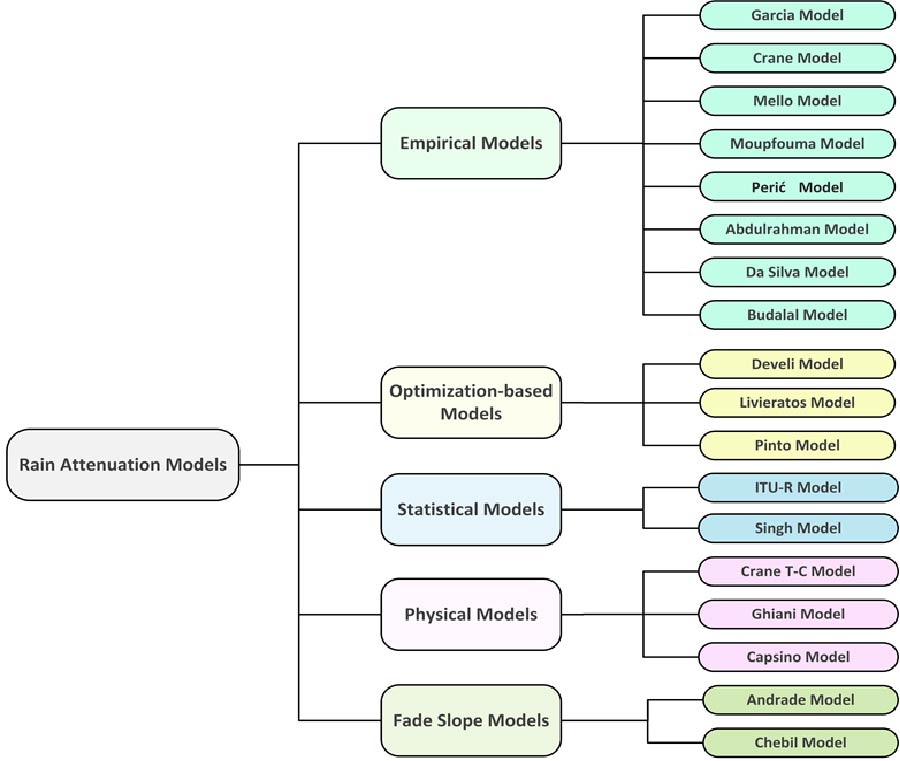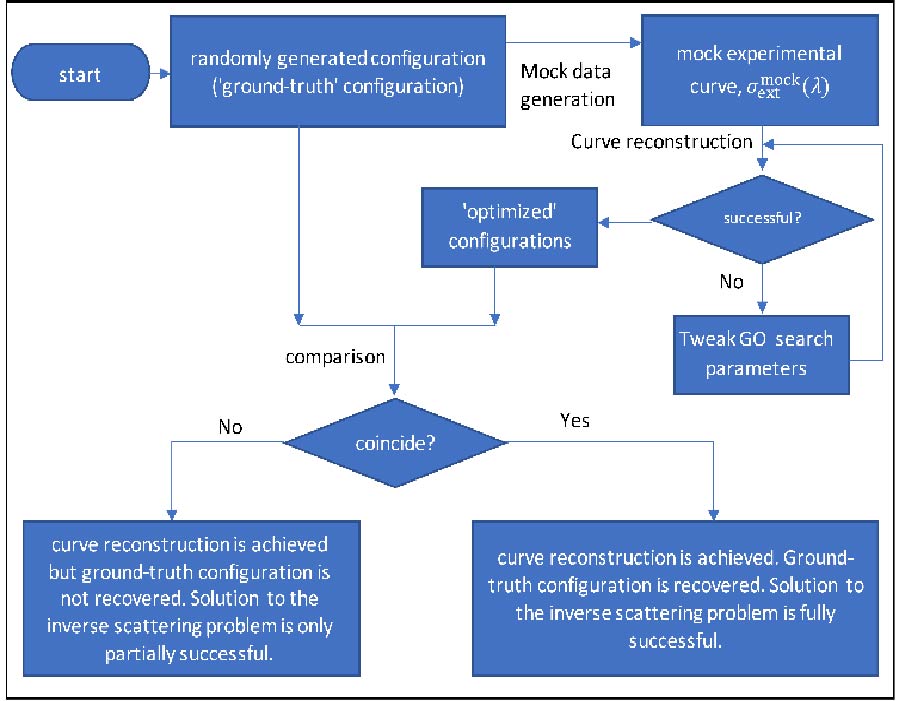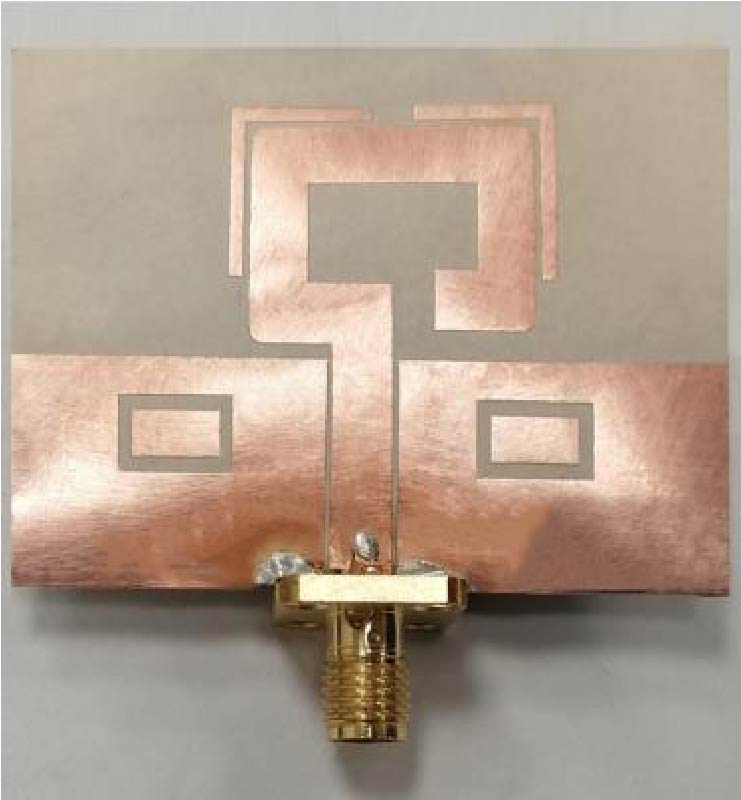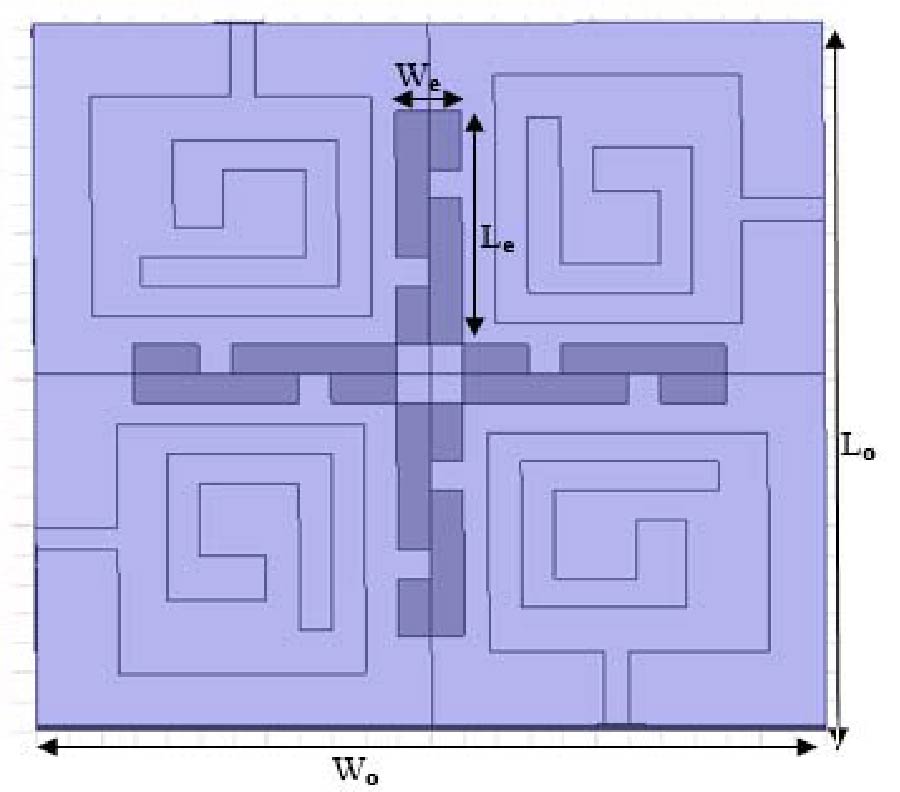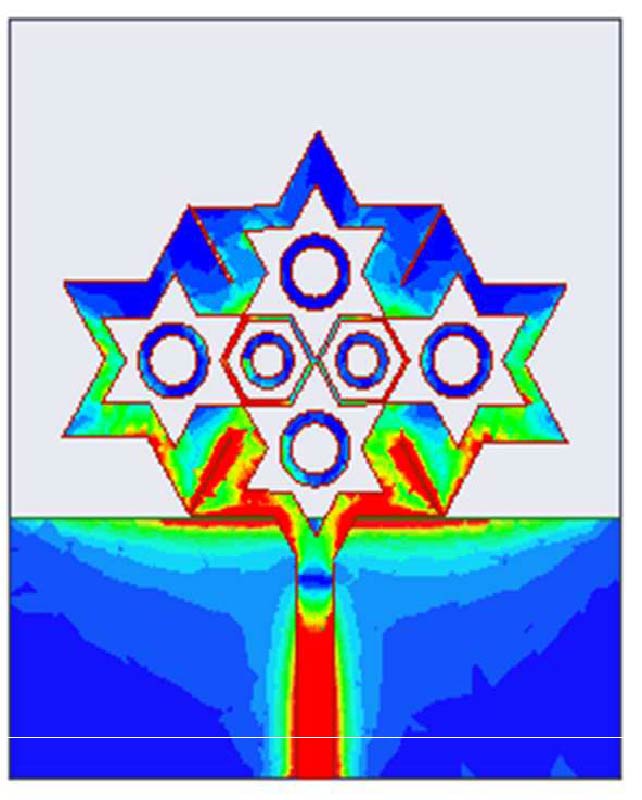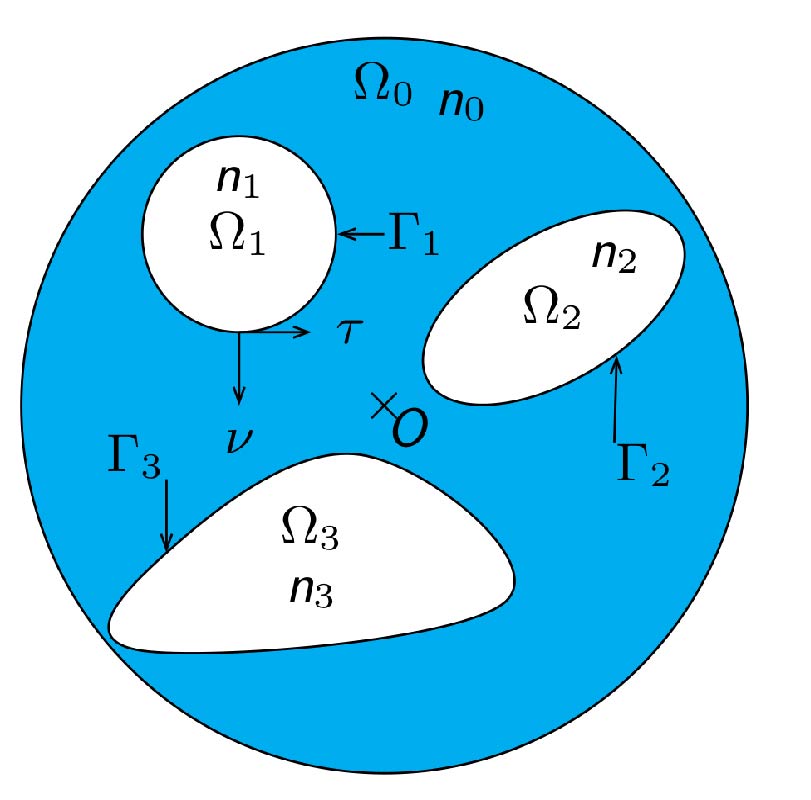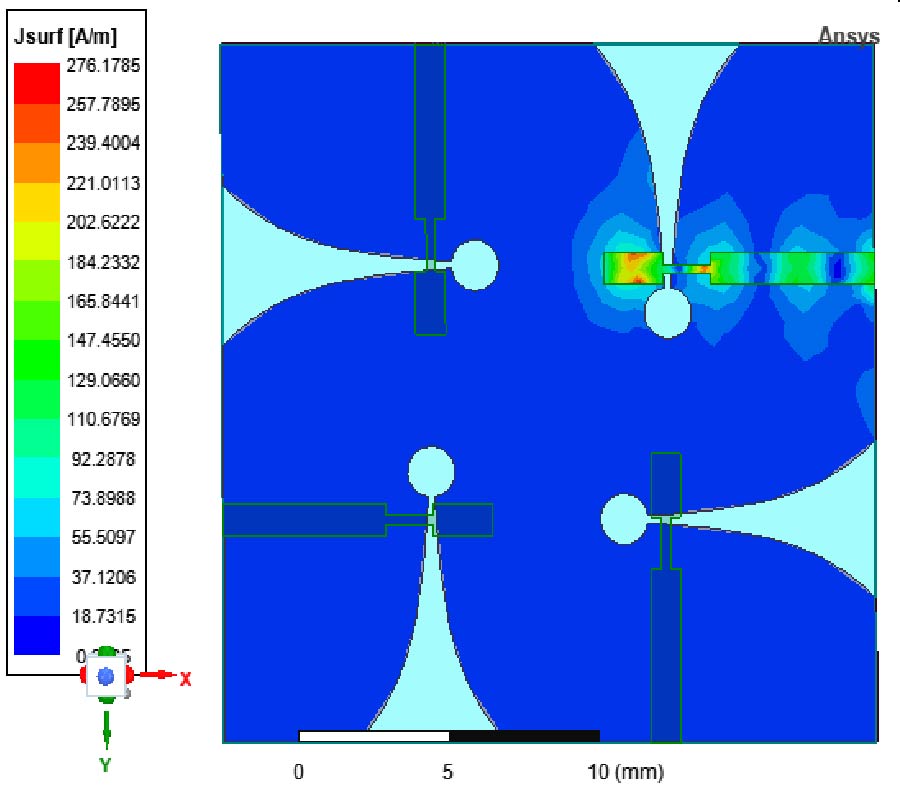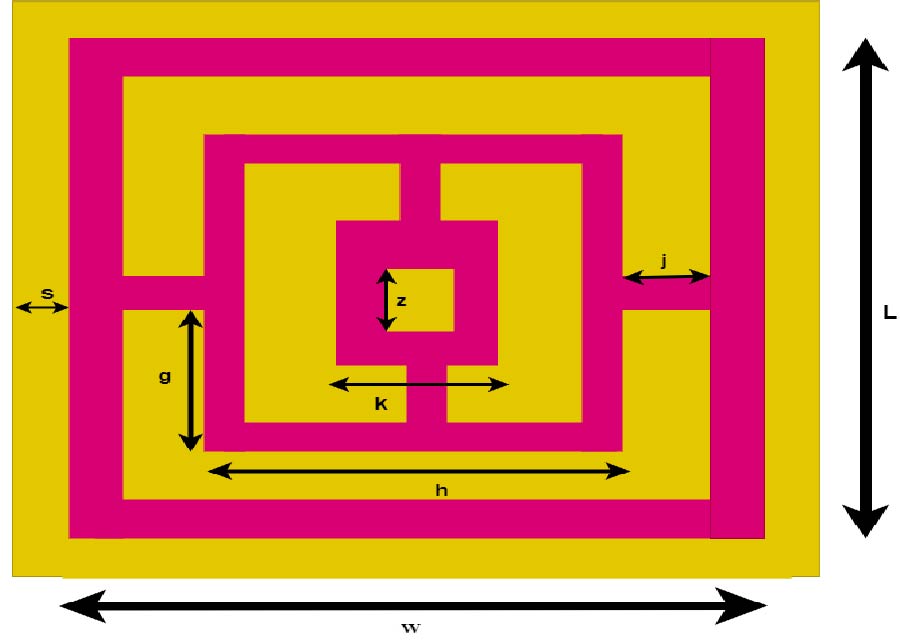Detecting Temperature Anomaly at the Key Parts of Power Transmission and Transformation Equipment Using Infrared Imaging Based on Segformer
Haozhe Wang,
Dawei Gong,
Guokai Cheng,
Jiong Jiang,
Dun Wu,
Xinhua Zhu,
Shengnan Wu,
Gaoao Ye,
Lingling Guo and
Sailing He
Methods of manual analysis for infrared image and temperature detection of power transmission and transformation equipment typically have problems, such as low efficiency, strong subjectivity, easy to make mistakes and poor real-time feedback. In this paper, a high temperature anomaly detection method based on SegFormer in infrared image of power transmission and transformation equipment is proposed. Many infrared images of power transmission and transformation equipment are collected and preprocessed, and the temperature information of each infrared image is read out using the DJI sdk tool to construct the temperature data matrix. In the segmentation stage, the SegFormer network is used to segment the key parts of the power transmission and transformation equipment to obtain the mask for detection. The maximum values of the temperature data in the mask area are calculated, and the high temperature anomaly detection atthe key parts of the power transmission and transformation equipment is realized. The test results on the test set show that the overall performance of the method is the highest as compared to other methods such as FCN, UNet, SegNet, DeepLabV3+, and an automatic temperature recognition can be realized, which has important practical value for the detection of high temperature anomaly at the key parts of power transmission and transformation equipment.
